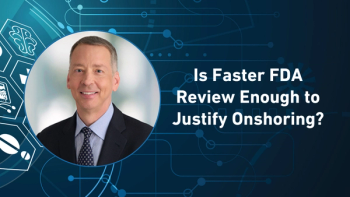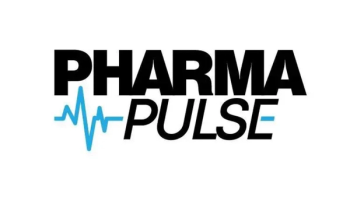More than 50% of Medicare beneficiaries elect to join Medicare Advantage (MA), which has out-of-pocket (OOP) spending limits, along with supplement benefits that cannot be found in traditional Medicare (TM), including dental, hearing, and vision.1 Oftentimes, it does not include mental health services, such as psychiatric rehabilitation, assertive community treatment, and peer support.2
Despite this, enrolling in MA is linked to decreases in costs of care, lower OOP spending, and a boost in quality outcomes.
How physician payment models differ within Medicare Advantage
The thousands of plans that comprise MA differ in the ways that they contract with HCPs. For instance, plans could pay a physician via fee-for-service arrangements (FFS MA), or they could contract with physician groups that fall under delegated two-sided risk arrangements, where the financial risk of providing healthcare services is fully transferred or in majority part to the group (known as at-risk MA).
These aforementioned groups may have financial surpluses as a result, or they can experience financial deficits that are connected to the quality of care given. As part of the process, there are incentives for physician groups to boost care, while reducing the use of resources, which is expected to lower the financial risk.
Key Takeaways
- Physician groups operating under two-sided risk contracts delivered higher quality and more efficient care compared to those using fee-for-service MA, outperforming in 18 of 20 measured categories.
- By comparing care within the same physician groups across payment models, the study isolated the impact of at-risk payment structures on performance, highlighting the influence of financial incentives on care delivery.
- The findings support a shift toward payment models that reward efficiency and quality, reinforcing the case for broader adoption of risk-based arrangements in Medicare.
Study compares at-risk and FFS MA models in shared practice settings
In a cross-sectional study published in JAMA Network Open, investigators sought to examine the quality and efficiency under the FFS MA and at-risk MA models as a way to measure both the quality and resources that are being utilized.1
They compared at-risk MA to FFS MA for patients treated within the same physician groups, which helped them determine how much of MA’s performance can be attributed to at-risk payment models and the care management systems developed by physicians engaged in those arrangements. During a timeframe of Jan. 1. 2016 to Dec. 31, 2019, the public data was pulled from Centers for Medicare & Medicaid Services (CMS)—which tracked the use of health resources and outcomes for MA beneficiaries—while the nonpublic data surrounding at-risk payment arrangement was pulled from 17 physician groups.
Key findings: Higher quality and efficiency in at-risk MA
The claims and enrollment data of beneficiaries covered 5,278,717 person-years, with 37.7% belonging to at-risk MA and 62.3% in FFS MA. Under the beneficiary cohort, there were 15,488 different PCPs and 35 different health plans. In the at-risk MA group, the mean (SD) age of beneficiaries was 73.6 (9.2) years, and 71.8 (10.4) years in the FFS MA group.
Across four areas of patient care, including hospital use, emergency department avoidance, disease-specific admission avoidance, and outpatient services, at-risk MA outperformed fee-for-service MA in 18 out of 20 measures of quality and health resource use, suggesting better quality and efficiency.
When it came to at-risk MA and FFS MA, women represented 56.8% and 57.4% of each group, respectively, while men stood at 43.2% and 42.6%, respectively.
Overall, the study investigators concluded that, “in this cross-sectional study, the at-risk MA payment arrangement model, compared with the FFS MA model, was associated with higher quality and efficiency outcomes across 4 major domains of patient care when care was delivered by the same physician groups operating under both payment arrangements. While this study was not designed to assess causality, the results provide further evidence for the benefits associated with at-risk payment models and the possibility that they lead to higher quality and more efficient use of health care resources. These findings support the vision of a health care system where particular physician payment arrangements incentivize care that results in higher quality and more efficient use of health care resources.”
References
1. Cohen KR, Vabson B, Podulka J, et al. Medicare Risk Arrangement and Use and Outcomes Among Physician Groups. JAMA Netw Open. 2025;8(1):e2456074. doi:10.1001/jamanetworkopen.2024.56074
2. Saraceno N. How Medicare Eligibility Affects Healthcare Use in Adults with Psychological Distress. Pharmaceutical Commerce. June 19, 2025. Accessed June 26, 2025. https://www.pharmaceuticalcommerce.com/view/how-medicare-eligibility-affects-healthcare-use-adults-psychological-distress






